The University of New Mexico Health System Expands Critical Services to Roswell, NM

Our Doctors’ Stories
Day in and day out, doctors throughout The University of New Mexico Health System work tirelessly to care for patients of all ages, from all across the state.
Each doctor has their own story, their own journey, and their own reason for choosing to pursue a career dedicated to caring for others. In honor of Doctors’ Day, here are some of their stories and the ways they continue to make a difference in the lives of their community.
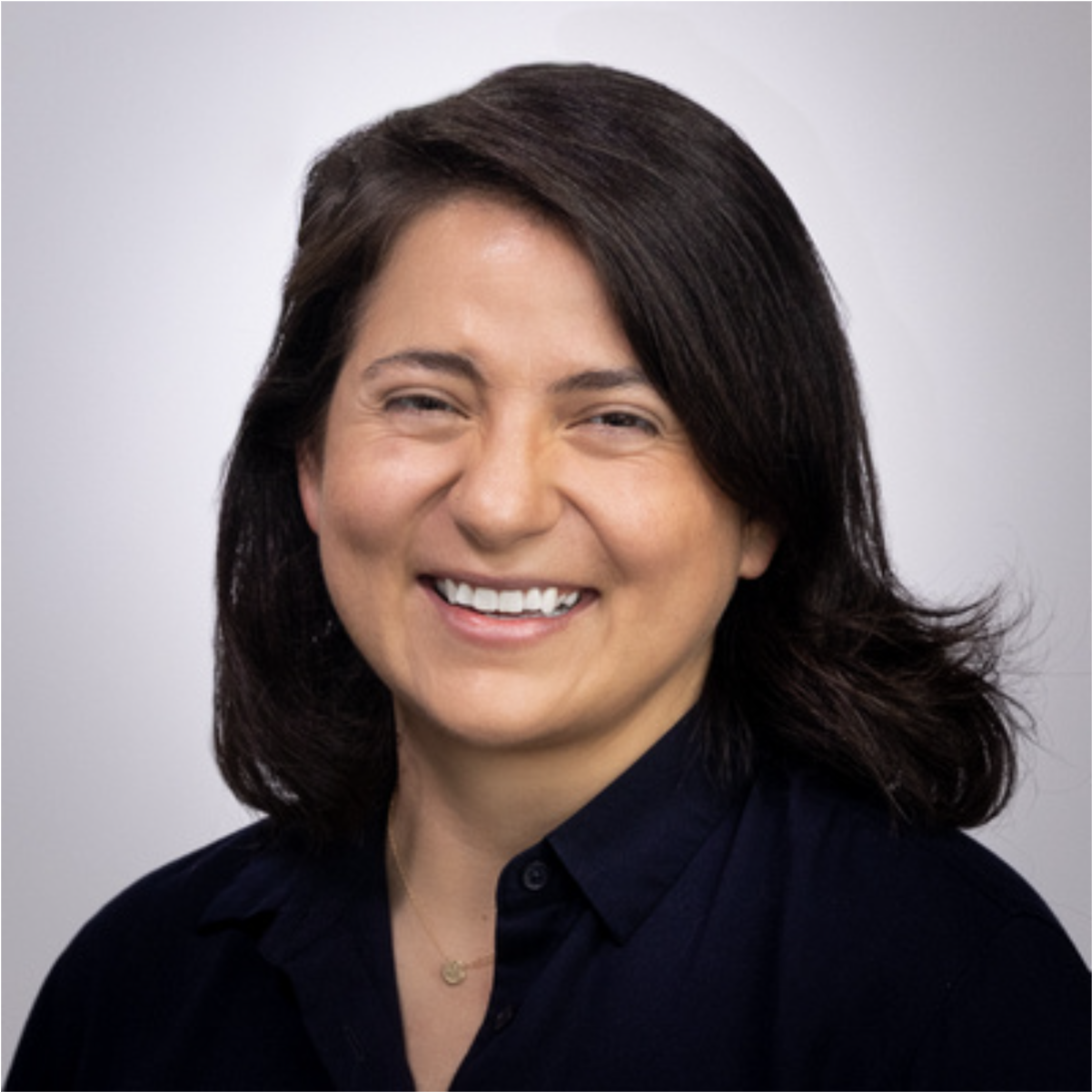
Dr. Miranda Aragon, MD
Family Medicine, UNM Hospital
Miranda Aragon, MD, said practicing full-spectrum family medicine means serving and supporting patients in all stages of life.
“I get to take care of newborn babies, and I get to take care of people who are dying, who are much older and have lived really beautiful lives, and are near the end of their life,” said Aragon, an assistant professor and the associate residency program director in The University of New Mexico Department of Family and Community Medicine.
Part of Aragon's role is providing medical care in the FOCUS Early Intervention Program, which is a model of care that extends beyond the individual to everyone in their household. So, if a child is receiving care, providers like Aragon will ensure the needs of their parents, guardians and siblings are being met as well.
"I have this incredible opportunity to meet families and partner with them at these important, often difficult moments in their lives,” she said.
The pandemic had an especially large impact on Aragon’s patients and the field of family medicine in general. Aragon said it is something she dealt with for half of her eight-year-long career at UNM.
“We made it through,” she said. “We made it onto the other side.”
But not without quick action and constant adjustment from health care workers and community members. Aragon said her primary role as a doctor is to be a trustworthy and reliable partner in promoting overall well-being, no matter what unforeseen obstacles may arise. She also said she is grateful to fulfill that role in her home.
“This is my community,” Aragon said. “I went to high school right down the street from the university, and I had a grandfather who was a community organizer. It always felt like family medicine, specifically being a doctor in family medicine, was the way to really partner with communities and families, understand where the needs were, and understand what families and communities think the solutions are.”
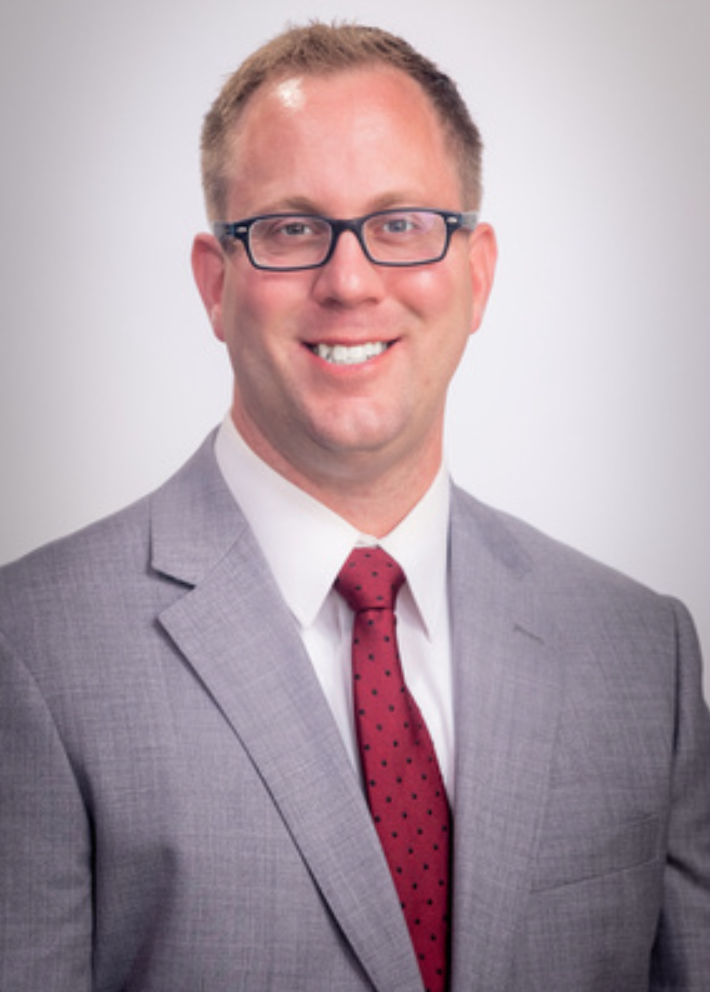
Christopher Bouchard, MD
Family Medicine, UNM Sandoval Regional Medical Center
Not a native New Mexican, Chris Bouchard, MD, still considers Albuquerque home. He’s been here most of his life, having moved here during high school and sticking around for undergraduate and medical school. It was only for residency that he spent a brief stint away from the Land of Enchantment, at University of Kansas.
“I went to residency always with the intention of coming back to New Mexico. When I started interviews for work post-residency, I was offered to interview at a couple of different clinics, one of them being SRMC, and I immediately fell in love. It felt like home, like a community I wanted to serve,” Bouchard said.
Now a family medicine physician, Bouchard serves at a UNM Sandoval Regional Medical Center (SRMC) primary care clinic, and as of January 18 of this year, as medical director for the family medicine clinic. Working in a smaller community was not the vision Bouchard once had for himself.
“I pictured something more like the main hospital or a larger clinic, but as it turns out I think it's been the biggest blessing. I feel like I'm actually serving the community that I'm in and really making a true difference for people.”
One aspect of making that difference is providing new and much-needed types of care to patients who previously did not have access. Prenatal care, for example, is one of the formerly unavailable services that Bouchard’s clinic has introduced into the community, along with higher numbers of procedures for pediatric patients. In the tight-knit community, Bouchard rests easy knowing that his patients will be prioritized for his care, and that even if he isn’t available, his patients will likely be seen by a familiar face, someone they’ve seen around the clinic providing care to other patients.
“SRMC has always been very supportive and a very collegial place to work. Everyone has a very close working relationship. I've met most of our specialists in person and they're very happy to take my random calls and questions about patients,” Bouchard said. “I think we all have a common goal of just wanting to do the best care that we can for our patients.”
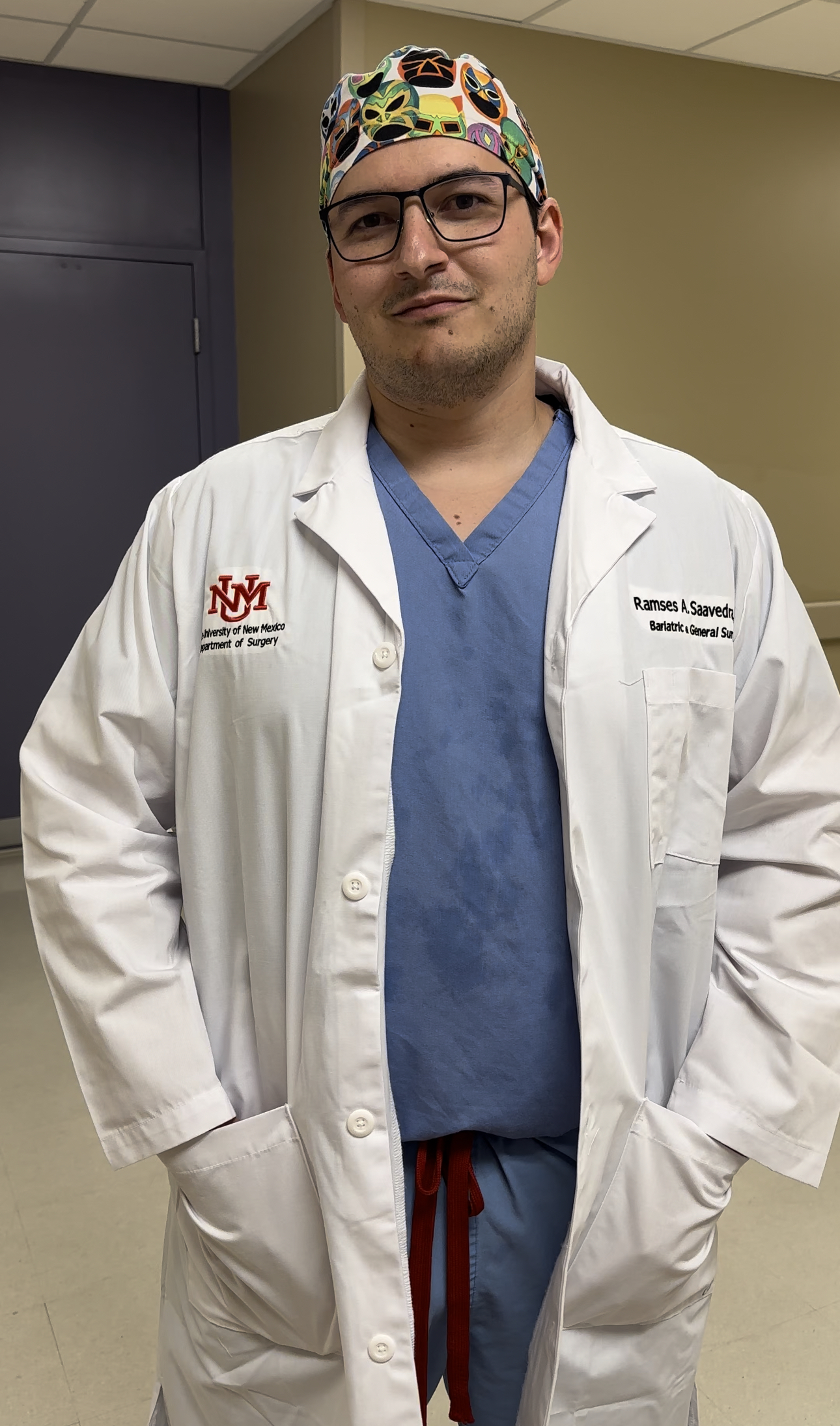
Ramses Saavedra, MD
General and Bariatric Surgery, UNM Sandoval Regional Medical Center
Dr. Ramses Saavedra, MD, a general and bariatric surgeon at The University of New Mexico Sandoval Regional Medical Center (SRMC), and associate professor in general surgery at UNM School of Medicine first started saying he wanted to be a surgeon when he was five years old.
“For better or worse… here I am 28 years later doing exactly that,” Saavedra laughed.
The first born of his family in the United States, Saavedra knew from that very early age that he would follow a similar path to his father’s, who was a physician in Mexico. Saavedra’s career path was also guided by his desire to help people and the rewards of working with his hands.
After medical school at the University of Colorado, Saavedra matched for residency at UNM and found that working here was a great fit.
“The bariatric team here is fantastic. We have a great multidisciplinary group to take care of patients, and it's always great to work with them.”
As his career progressed, Saavedra was still fueled by that same early childhood desire – to help his patients live better lives. In particular it’s the post operative clinics, getting to see people progress and heal and genuinely improve and change their lives, that makes Saavedra feel like he’s actually made a difference in the world.
“Being a doctor really comes down to the opportunity to help people and it comes with a lot of responsibility,” Saavedra said. “It means that people put a lot of trust in you, and you have to put a lot of trust in them do their part. It's about building a team to make sure you can all work together and make people better.”
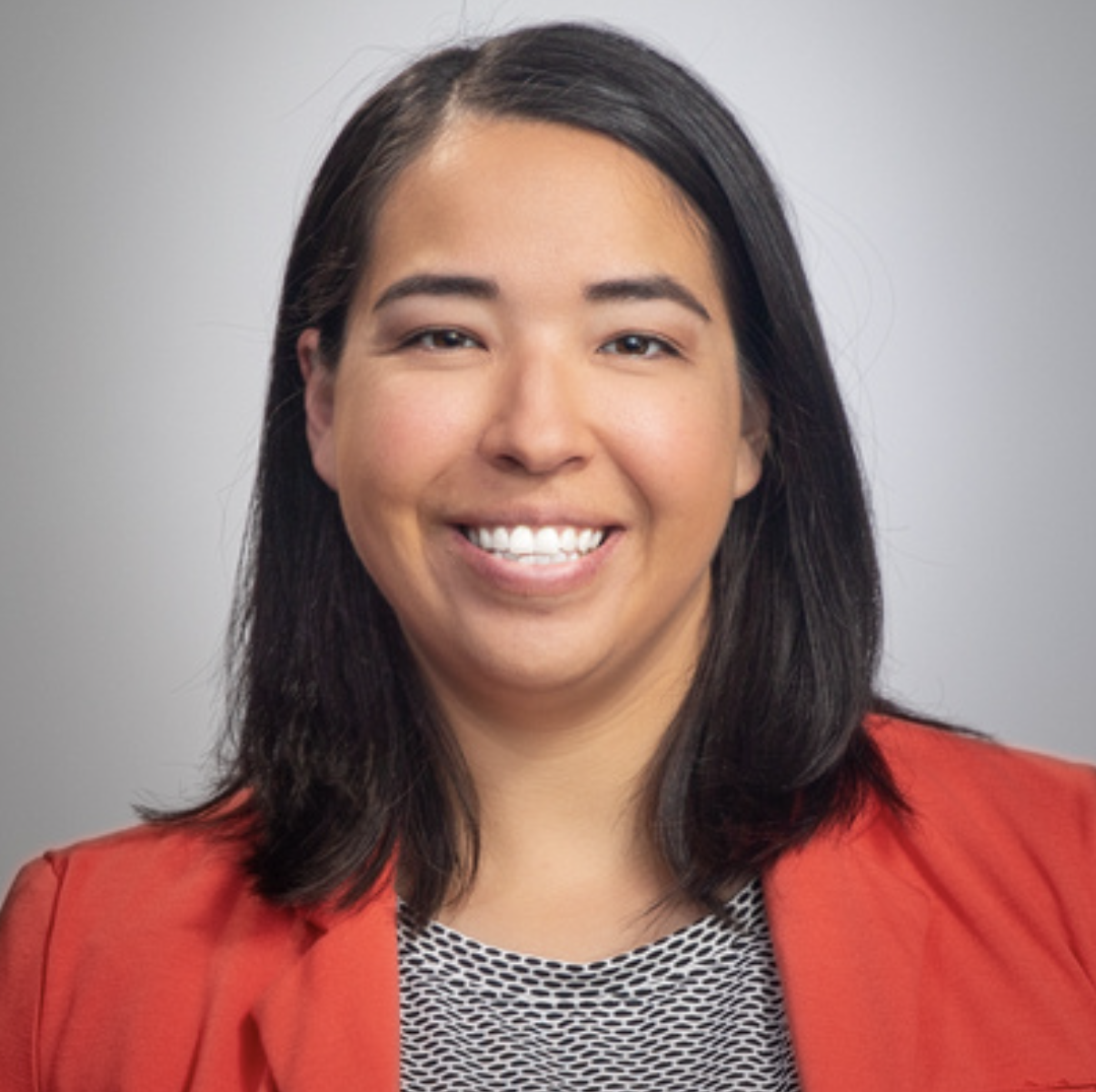
Dr. Andrea Sandoval, MD
Anesthesiology, UNM Hospital
When asked what it means to be a doctor Andrea Sandoval, MD, replied, “being a good role model.”
“There are a lot of people who look up to us,” she said.
Sandoval is an associate professor and the medical director for The University of New Mexico Outpatient Surgery and Imaging Services (OSIS). But her love of the medical field started in Las Cruces, where she grew up. Sandoval was raised by a mother who was a nurse, then decided to get a PhD in psychology.
“That sort of inspired me to do some further education,” she said. “I have always been a helpful kind of person, and medicine naturally fit into that.”
Sandoval attended medical school at UNM, then an anesthesia residency took her to Chicago for three years. But she said she could not stay away from home for long.
“Being a desert girl in Chicago is a little rough,” Sandoval said with a laugh. “I definitely missed the sunshine and missed some of the other aspects about New Mexico like the green chile and accessibility to things.”
Fortunately, she was able to return to UNM as a faculty member. For the past seven years, she has leveraged a love of teaching with a passion for patient care.
“I feel like part of our role as physicians is to be able to put ourselves in our patients’ shoes and guide them through their path, whatever interface they have for medicine, in a way that we would also want to be guided through, or we would want family members guided through,” she said. “It is a big role to fill.”
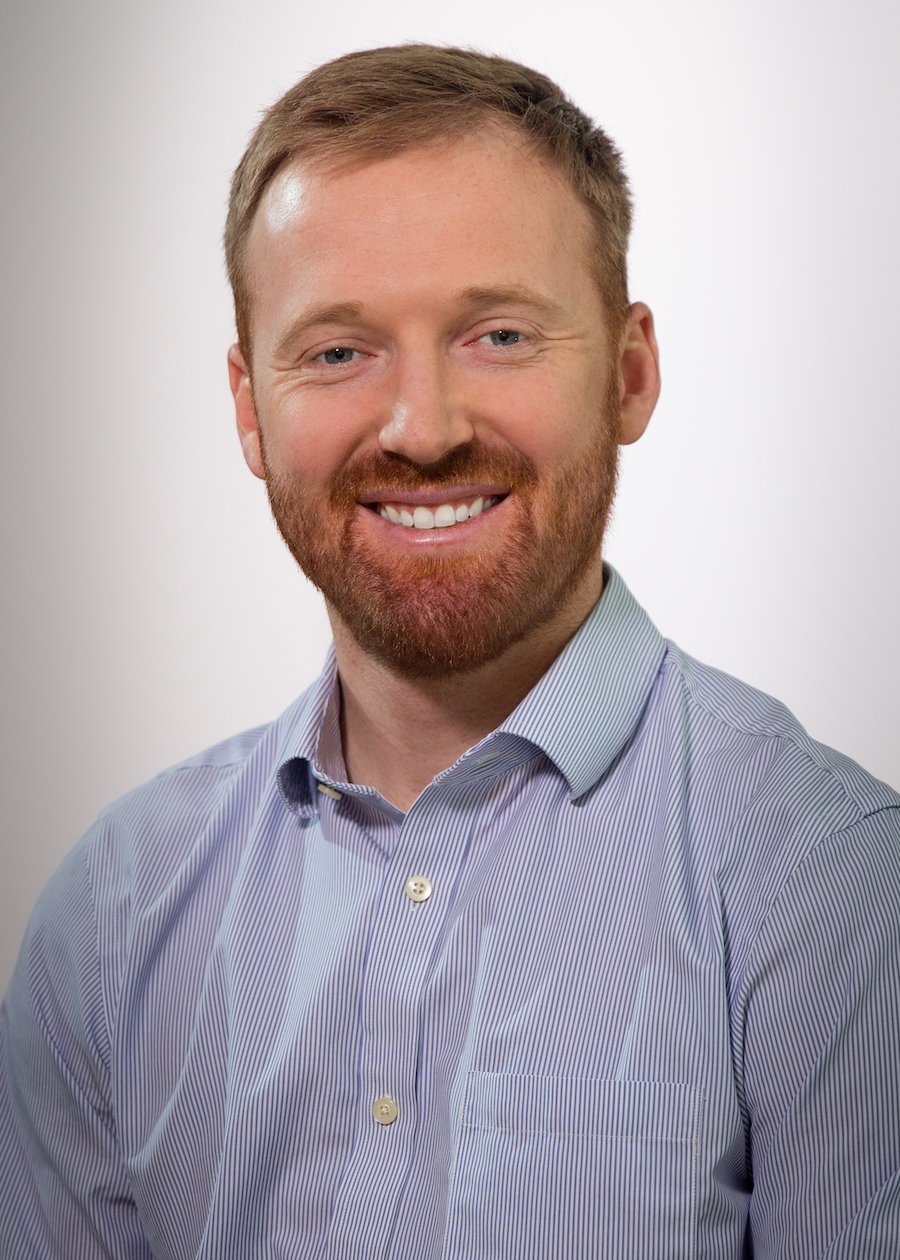
Mathew Ley, MD
Hospitalist, UNM Sandoval Regional Medical Center
Originally from a very small town called Tererro, nestled in northern New Mexico, Mathew Ley, MD, could never leave the mountains and sunshine for long.
“My wife (who is also from New Mexico) and I both graduated from The University of New Mexico School of Medicine in 2015 and moved to Wisconsin for three years, where we both completed our residency training. We definitely wanted to move back home after residency. We missed the mountains, the sunshine and our families.”
At UNM Sandoval Regional Medical Center (SRMC), Ley is a hospitalist. Trained in Internal Medicine, he provides inpatient medical care to patients who are admitted to the hospital for acute illness. He is also the Interim Section Chief for Hospital Medicine, leading the group of hospitalists who work at SRMC.
“SRMC has been a great fit for me. There is a great culture here. I have been fortunate to get to know many of my colleagues (nurses, techs, therapists, and other physicians) very well.”
Ley, solving a good diagnostic mystery is incredibly satisfying. When all the pieces of the puzzle finally fit together, and Ley figures out the diagnosis that explains seemingly unrelated symptoms, physical exam findings, labs and other test results, it feels like a gift he can offer his patients – answers to their sometimes very long-standing questions.
“There are lots of other things I love about my work, including the people I get to work with, and the patients I get to take care of,” Ley said, “but I still get really get excited about solving the mystery of a complex case.”
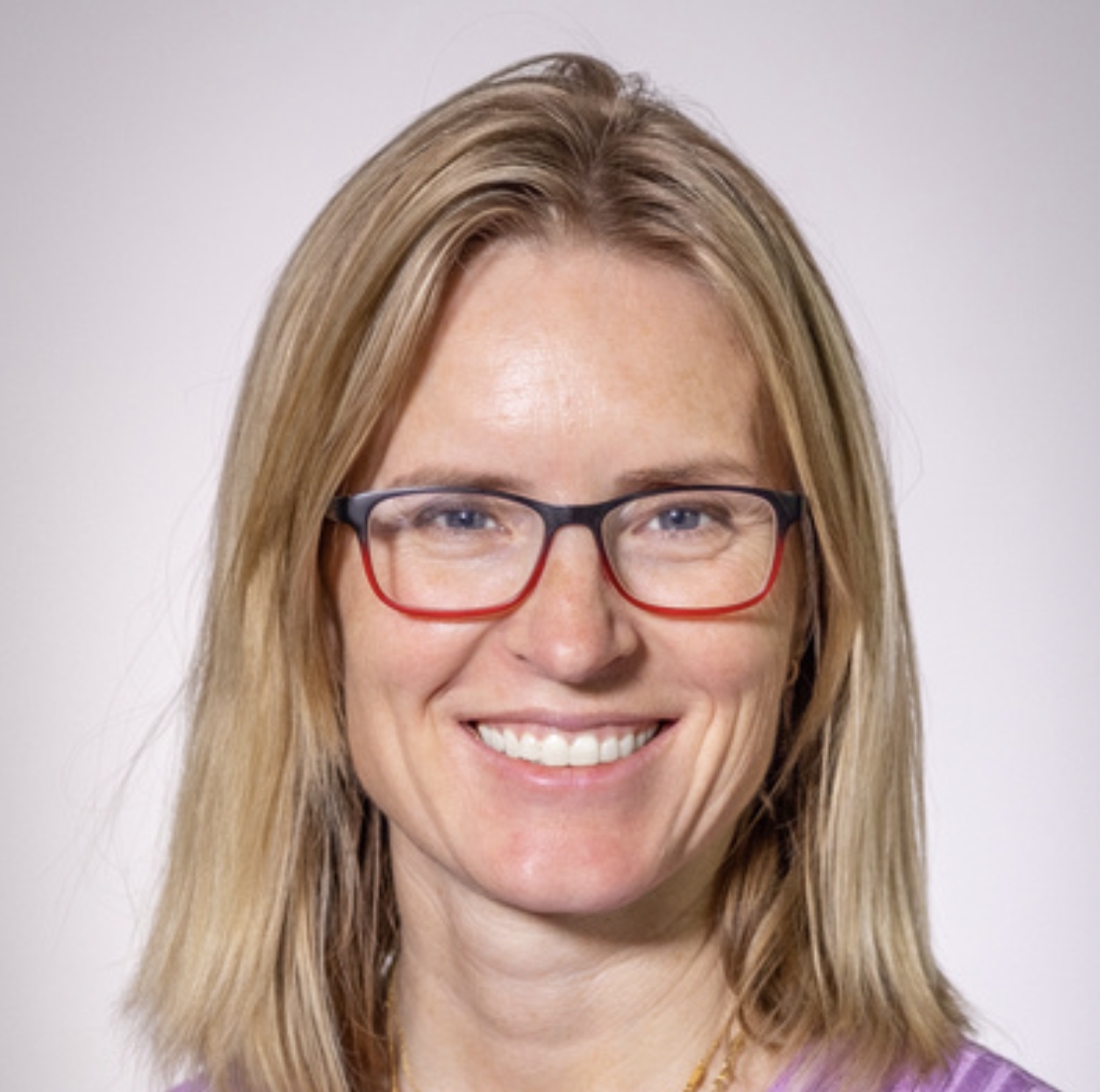
Dr. Kristina Sowar, MD
Psychiatry, UNM Hospital
Kristina Sowar, MD, said she did not grow up knowing she wanted to become a doctor, like many others in her field.
“I had experiences in my early twenties, between some family medical issues, family medical needs, and then some of my own health issues around that age that I think definitely piqued my interest, or gave me more motivation to go into medicine,” said Sowar, who is now an associate professor in The University of New Mexico School of Medicine Department of Psychiatry.
Once she made the leap to go into medicine, it took Sowar more time to decide what kind of doctor she wanted to become. She first settled on family medicine after graduating medical school in her home state at the University of Colorado.
“I started my training in California,” Sowar said. “But I quickly realized that what I really wanted to spend time talking with people about was their mental health. It was like this evolution of getting to know myself better.”
Sowar began a general residency in psychiatry at UNM in 2010, and has remained at the university ever since. She said the two positions she currently spends the most time in have provided the most fulfillment in her career.
“I feel really grateful to be the program director for the psychiatry residency,” she said. “I like having the opportunity to work with residents and learners. Supporting their path has been really meaningful.”
Sowar is also a co-director in the School of Medicine Office of Professional Well-Being.
“It is aligned with what I wanted—in a lot of ways—what I wanted to do in medicine and in med school,” she said. “My hope is that we can continue to inspire people to feel like going into medicine and becoming a doctor, or becoming a physician is a good choice. It can be a very meaningful and powerful opportunity to connect with people who are sometimes in very vulnerable or difficult parts of their lives.”